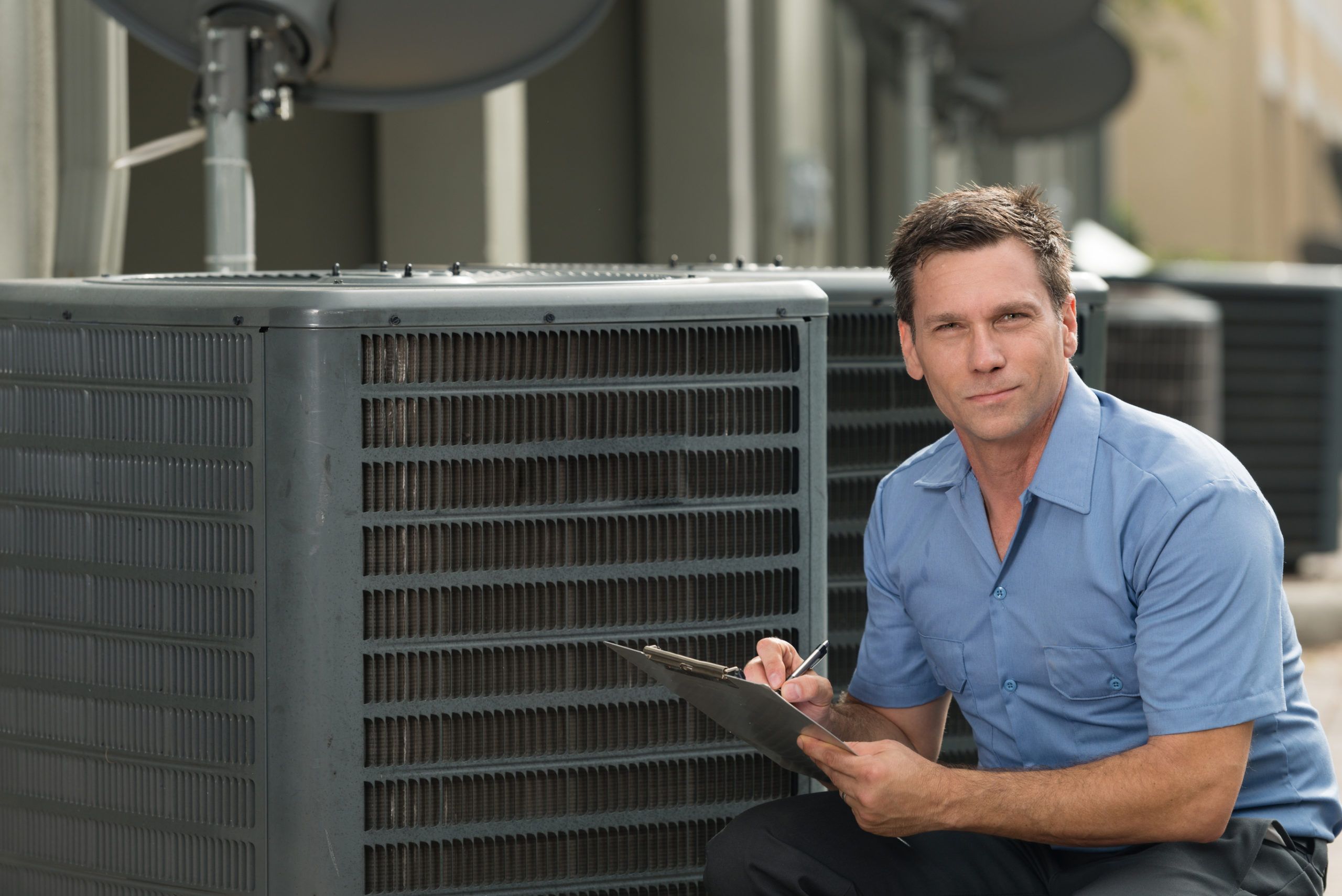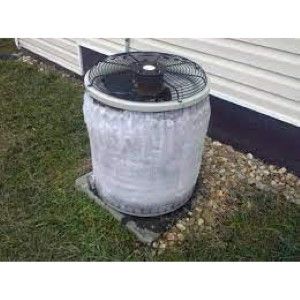Ventilation: All About the V in HVAC
You’ve seen the acronym HVAC, pronounced H-Vac, and you know it somehow relates to the heating and cooling system in your home. The H is for Heating and the AC is for Air Conditioning. Right in the middle is V for Ventilation. Your central ventilation system consists of ductwork that runs to the far corners of your home and the blower fans and motors that circulate warm or cool air.
Your heater and your air conditioner take a rest for part of the year, but your ventilation systems seldom gets a day off. Ventilation is the unsung and underappreciated hero of your HVAC system. Furnaces heat, air conditioners cool, and ventilation systems collect and deliver warm or cool air to keep your home comfortable year-round.
Your ventilation system doesn’t need much attention, but occasionally air ducts need to be cleaned. You have filters that need to be changed frequently to remove pollutants that are circulating in the air you breathe. But over time, dirt builds up inside the ducts and needs to be removed. The before and after pictures say it all.

Where does all of this dirt come from? If dust collects on your furniture, it circulates through your ventilation system. The dust that your home vacuum collects is dust that has made its way through your ductwork. Pet dander, smoking, water damage, remodeling construction, dirty shoes and dirty clothes all contribute to dirty ducts.
If you change your filters regularly, you can ignore your ducts and the rest of your ventilation system for a few years, but dirt will accumulate inside your ducts and the air you breathe will become unhealthy. Eliminating the dust, dirt, mold and other pollutants from your ductwork will improve indoor air quality, keep your home cleaner, and make your entire HVAC system more efficient. Your home air quality will substantially improve with professional duct cleaning.
Semper Fi Heating & Cooling has the experience and equipment to clean your ductwork and improve the quality of the home air that you breathe. Duct cleaning is a job for trained professionals. An inadequate vacuum system can release more contaminants than if you had left the ducts alone. Don’t expect immediate changes in your personal health, but do expect your home to be cleaner. A proper duct cleaning job will significantly reduce the dirt and contaminants in your home air.
What you should expect from the duct cleaning process:
- Before you start vacuuming, your system should be checked for asbestos-containing materials. Asbestos requires specialized procedures and should not be disturbed or removed except by specially trained and equipped contractors.
- Only equipment that exhausts particles outside the home or through HEPA filters should be used.
- The inside of ducts should be carefully brushed in conjunction with vacuuming.
There are steps you can take to reduce future buildup of dirt in your ductwork:
- Use high-efficiency furnace filters and change them frequently. If filters get clogged, change them even more frequently.
- When your unit is serviced, make sure that the cooling coils and drain pan are also cleaned.
- Remove dirt and dust from your home regularly, and use high-efficiency filters in your vacuum.
Duct cleaning will improve your indoor air quality, but cleaning is not the only issue related to ducts. By most estimates, as much as 30% of the air that goes into your ducts leaks out before being delivered to wherever the ducts lead. While getting your ducts cleaned, consider taking the next step and get them professionally sealed. You can look for leaks and slap a piece of duct tape over the gap, but that is not professionally sealing your ducts. You won’t eliminate the majority of leaks unless you have the right equipment to find the leaks and the right materials to seal them up.
Call the professional technicians at Semper Fi to learn more about duct cleaning, and check the website for special pricing.








